12 Secrets to Thriving Vegetable Gardens in Limited Spaces
Creating a flourishing vegetable garden in a small space is not just a rewarding endeavor—it’s an efficient way to bring fresh, homegrown produce to your table. Whether you want to embrace a more self-sufficient lifestyle or simply enhance your meals with fresh flavors, a well-designed compact garden can be the answer. Small gardens are particularly suitable for beginners, as they require less maintenance and are easier to manage.
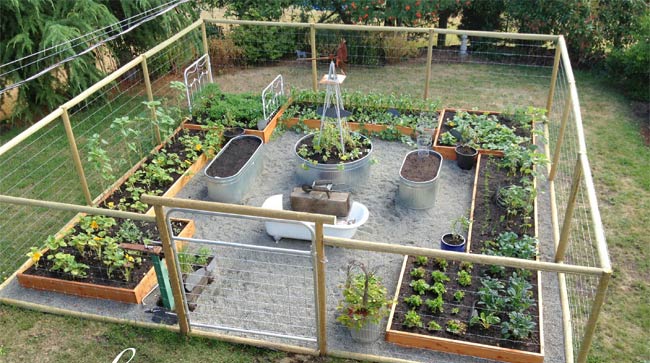
Additionally, as urban living spaces become more compact and land more expensive, small-space gardening has become a necessity for many. Even if you only have a balcony, patio, or tiny yard, innovative gardening techniques allow you to maximize every inch. Below, you’ll find expert strategies and practical designs to help you create a productive and visually appealing small vegetable garden.
1. The Ingenious Spiral Vegetable Garden
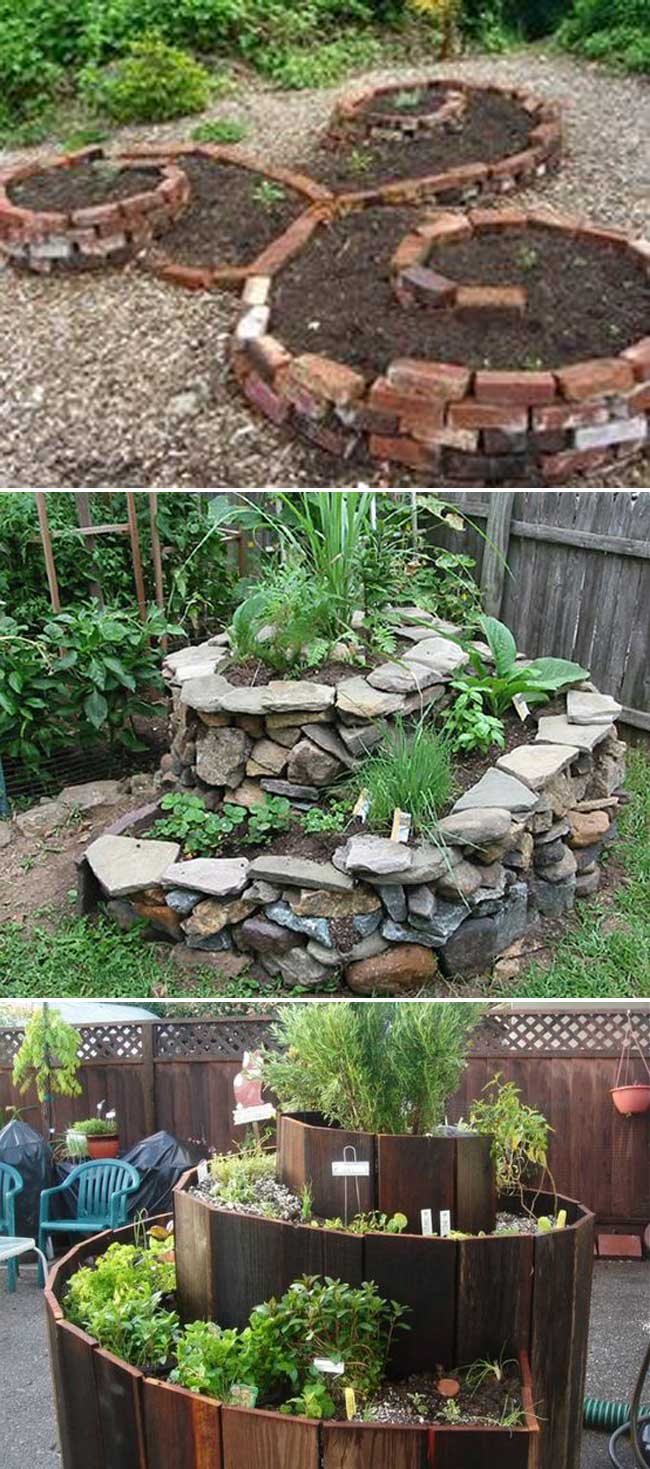
A spiral vegetable garden is a space-saving, visually striking method for growing a variety of crops in a compact area. By building an ascending, circular structure, you create microclimates—hotter, drier conditions at the top and moister, cooler soil at the bottom—allowing for a diverse range of plants to thrive.
Best of all, you can construct a spiral garden with minimal cost using readily available materials such as bricks, stones, reclaimed tiles, or even glass bottles. This design not only optimizes space but also adds an artistic element to your garden.
2. Vertical Gardening with Wooden Pallets for Maximum Yield
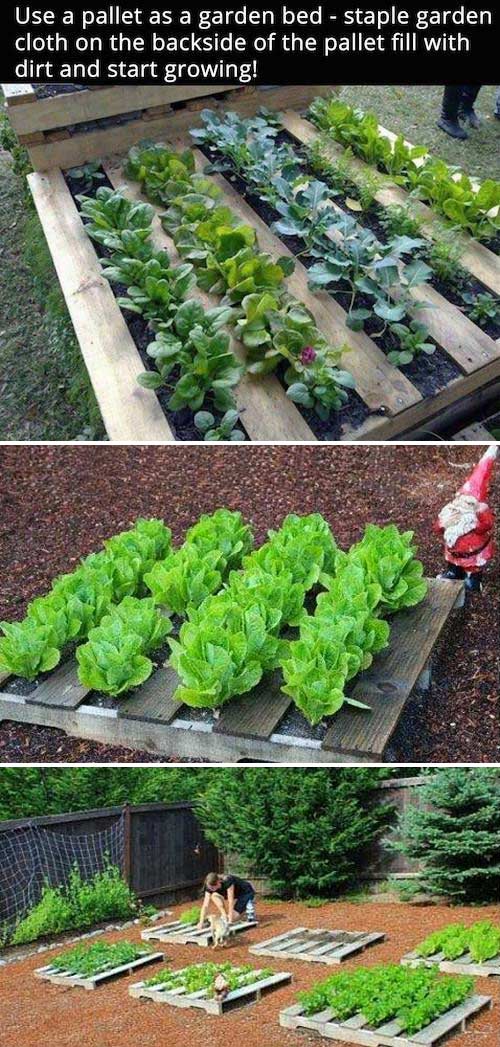
Whether set up as free-standing vertical gardens or laid horizontally on the ground, wooden pallets offer an excellent solution for small-space gardening. They provide an organized way to plant, nurture, and harvest vegetables with ease.
Vertical pallet gardens are particularly effective for leafy greens, strawberries, and herbs, while horizontal pallet beds create neat, well-contained planting rows. Repurposing pallets is an affordable and eco-friendly approach to vegetable gardening. Check the full tutorial here!
3. Raised Garden Beds with Galvanized Water Troughs and Cedar Frames
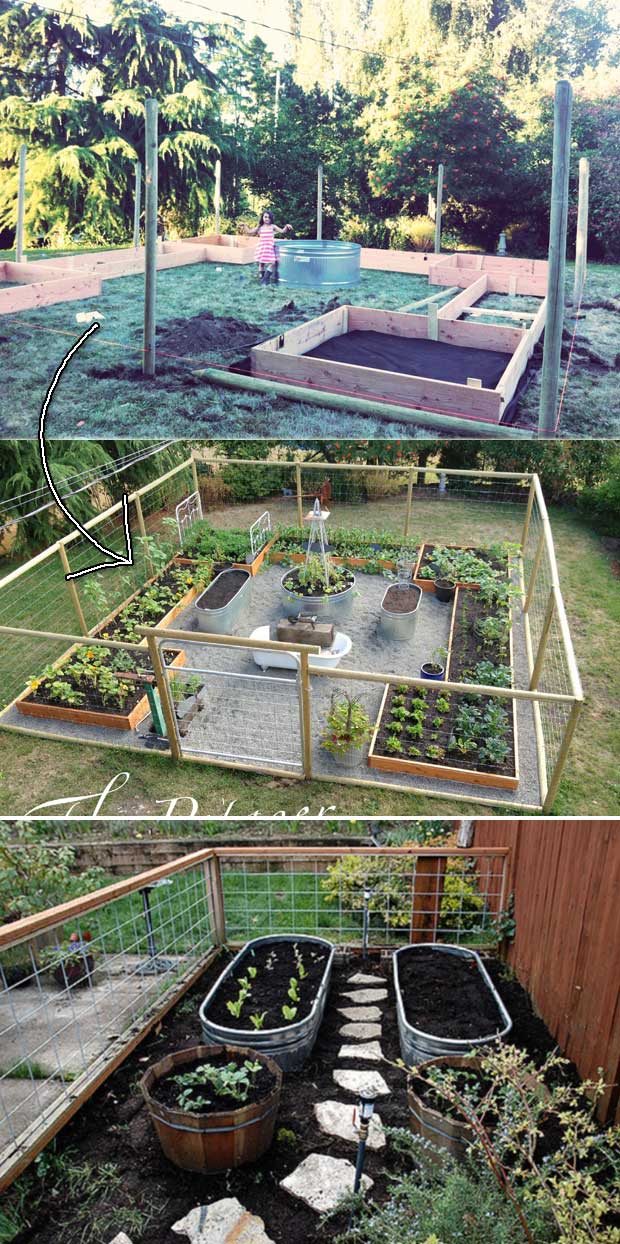
If you have a small yard, transforming galvanized water troughs or custom-built cedar boxes into raised beds is an excellent way to cultivate vegetables efficiently. These structures keep soil well-drained and prevent pests while creating a tidy, elevated growing area.
To ensure proper drainage, drill multiple holes at the bottom of the trough, then layer it with compost, branches, aged chicken manure, and potting soil. The result is a nutrient-rich garden bed that can be easily relocated or dismantled when necessary.
4. Space-Efficient Gardening in a Narrow Side Yard
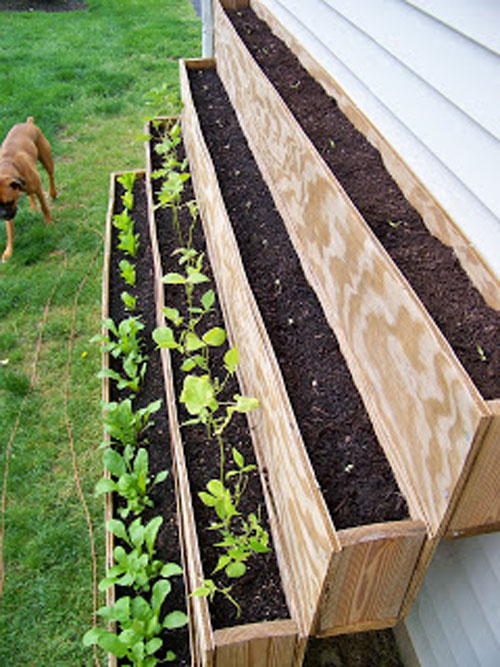
Side yards are often overlooked, but with careful planning, they can be transformed into productive garden spaces. A practical approach involves using a single sheet of plywood to craft tiered garden beds supported by sturdy stair-step molds. See the full tutorial here.
This structure maximizes vertical space and makes tending to your plants easier. By utilizing narrow spaces efficiently, you can grow a surprising amount of food in an area that would otherwise go unused.
5. Checkerboard Herb Garden for Easy Access and Aesthetic Appeal
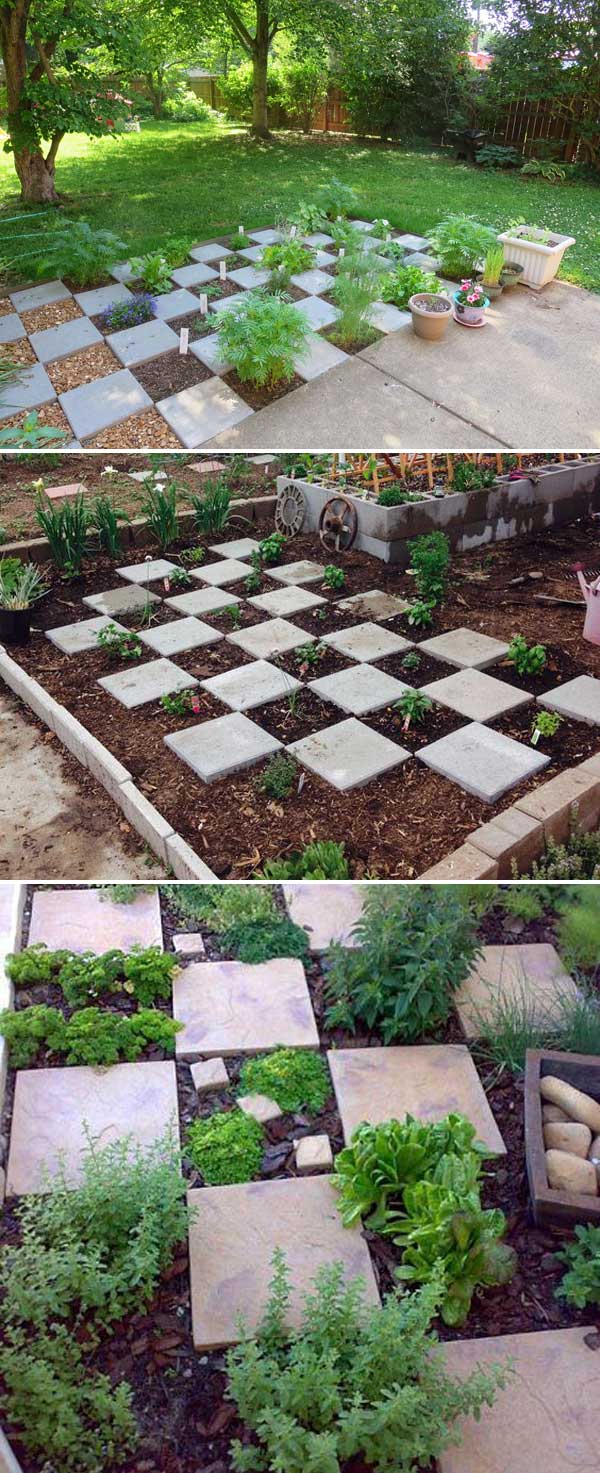
A checkerboard garden layout is both functional and visually appealing. Designed with alternating planting squares and stepping stones, this method allows you to navigate your garden with ease—even after heavy rainfall.
The defined sections help maintain order, prevent soil compaction, and create an attractive pattern in small spaces. This approach is particularly useful for herb gardens, allowing you to cultivate a diverse range of aromatic plants for cooking.
6. Vertical Trellis and Raised Garden Box for Climbing Vegetables
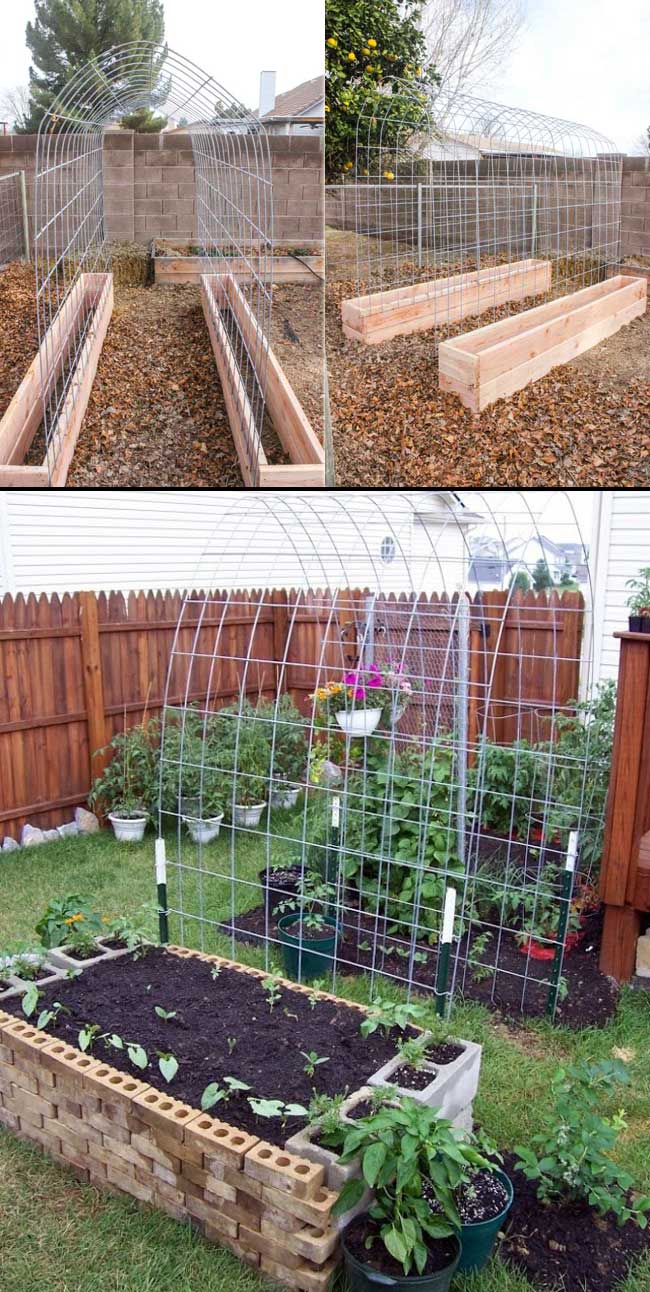
For gardeners with limited ground space, incorporating a trellis into a raised garden bed is an efficient way to grow climbing vegetables such as cucumbers, beans, and tomatoes.
Constructing a durable trellis requires a few key materials: Douglas Fir timber, cattle farm panels, U-nails, and deck screws. This design supports vertical growth, reduces ground clutter, and makes harvesting easier. If you prefer a more permanent structure, consider replacing wooden supports with cinder blocks or bricks. Then following the full instructions here….
7. U-Shaped Raised Bed for Efficient Garden Management
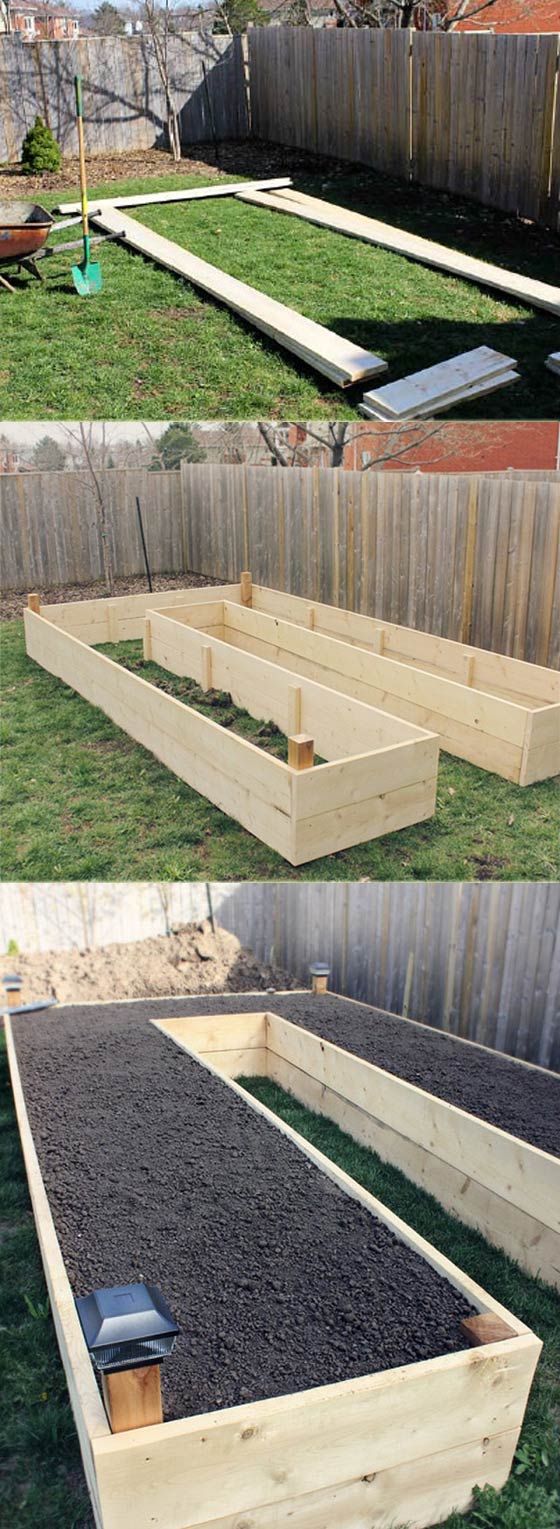
A U-shaped raised bed design is ideal for small gardens, providing easy access to all plants from a single standing position.
Unlike traditional rectangular beds, this layout allows you to tend to your crops without stepping on the soil, preserving soil structure and promoting healthier plant growth. Using durable pine or cedar planks, you can construct a long-lasting raised bed that optimizes your available space while minimizing strain on your back. See the full guide here!
Another similar project:
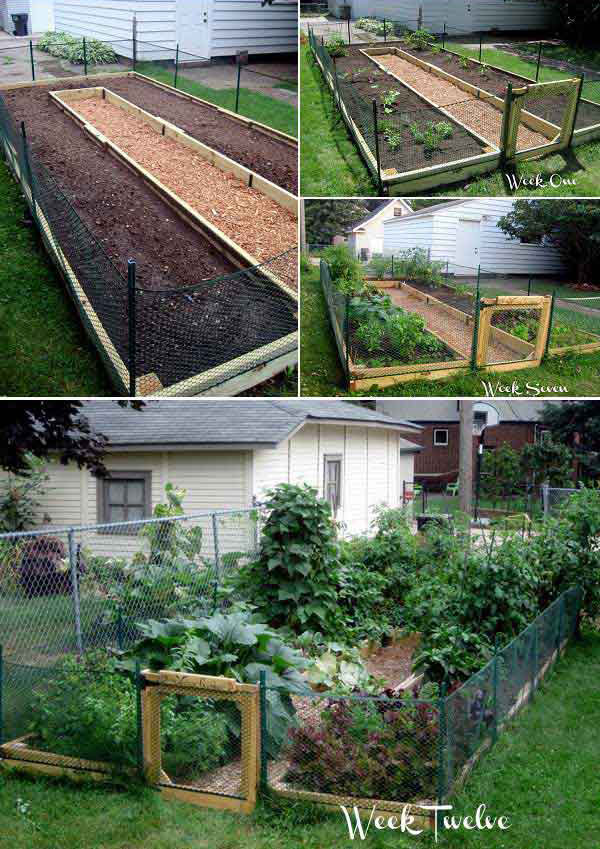
8. Upcycling 55-Gallon Drums for Raised Garden Beds
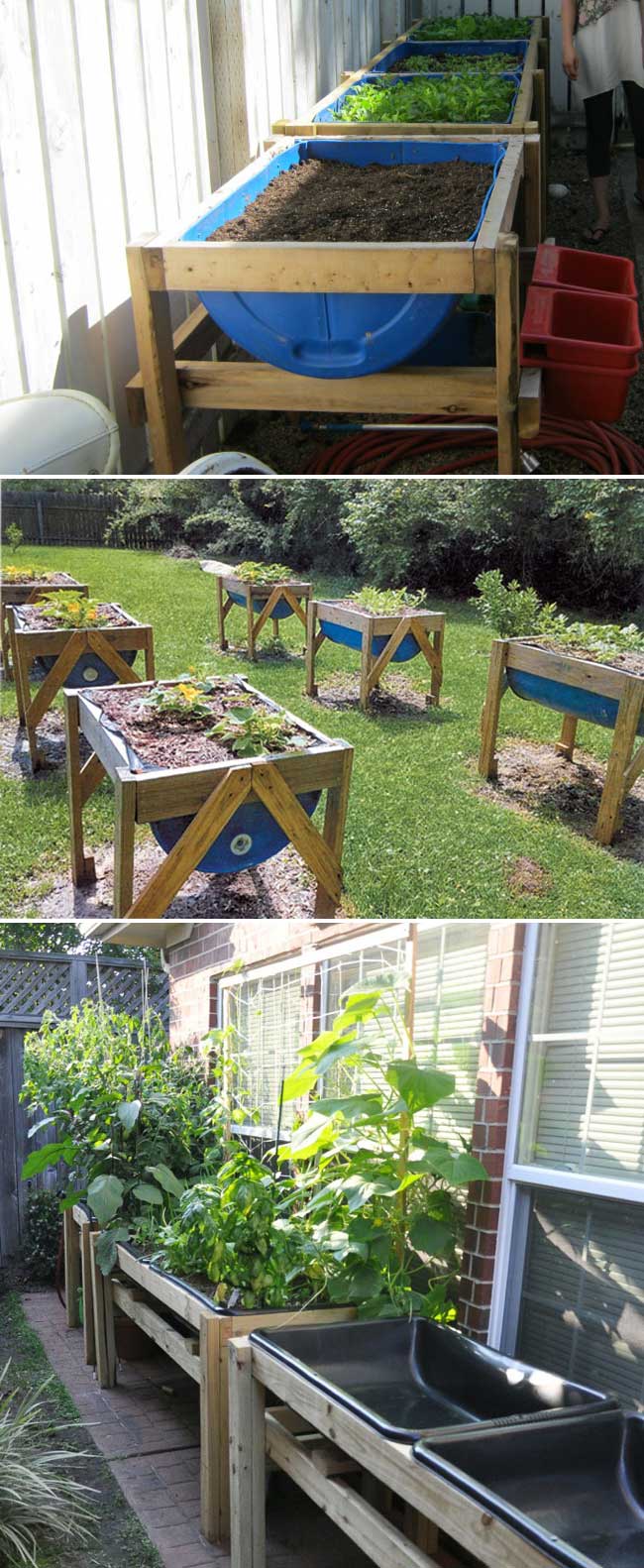
Repurposing 55-gallon drums into raised garden beds is an excellent way to create ergonomic planting spaces without the need to bend over.
By cutting the drums in half and securing them with vertical support legs made from treated wood, you can build durable, waist-height planting containers. This method is particularly useful for root vegetables and leafy greens, offering excellent drainage and mobility. How to build it visit here. Check the image source at 1 and 2.
See the video tutorial below:
9. Arched Trellis Structures for Climbing Crops
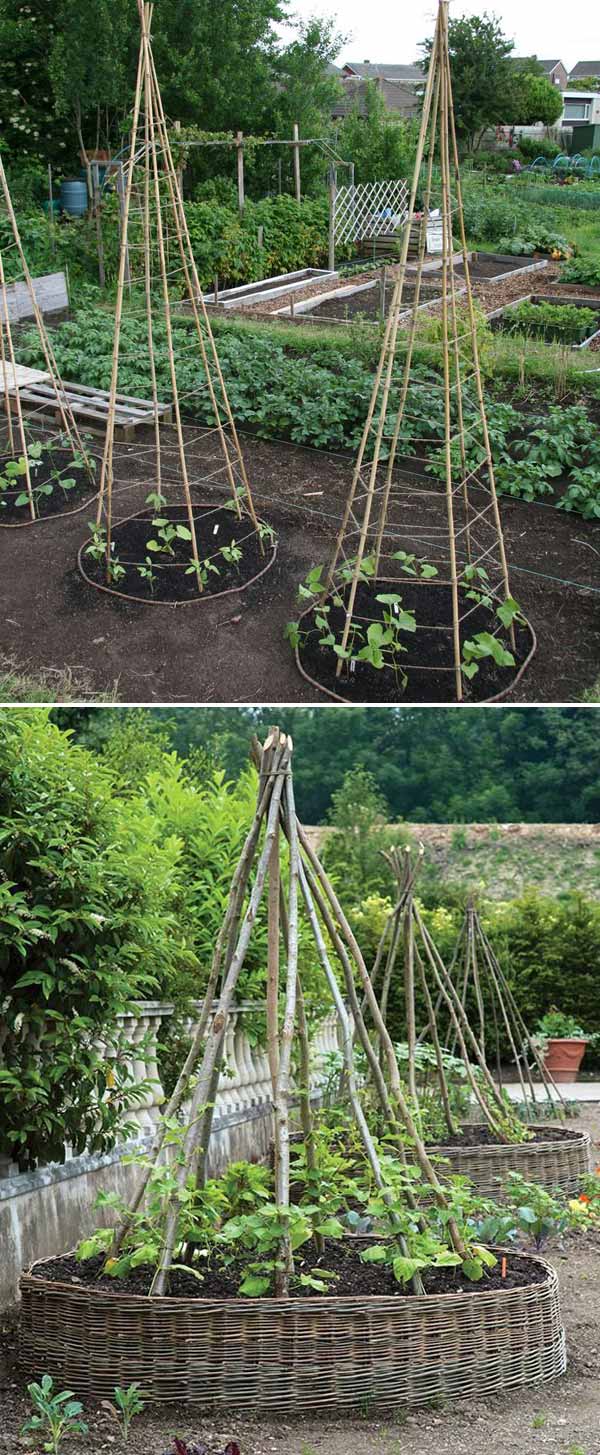
Incorporating an arched trellis into your garden is a great way to maximize space while enhancing aesthetic appeal.
Climbing plants such as peas, beans, and squash thrive in these structures, creating a natural canopy that provides shade for smaller plants below. This technique not only saves ground space but also makes maintenance and harvesting more convenient.
10. Narrow Raised Beds Along a Side Yard for Continuous Harvests
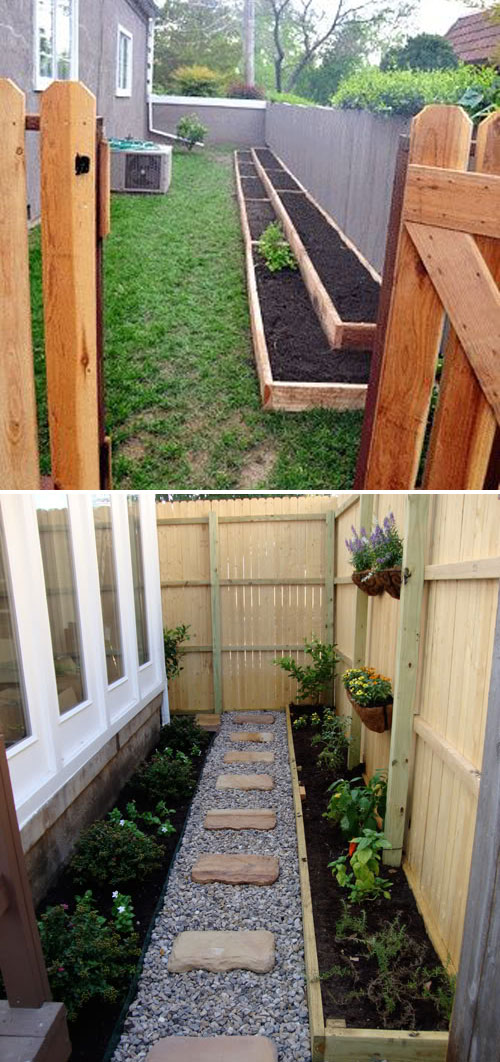
For those with a narrow side yard, a simple raised garden bed along the fence line can transform the area into a productive vegetable patch.
Using wooden planks to construct a long, elevated planting bed, you can grow a variety of crops without taking up much space. This setup is ideal for leafy greens, radishes, and compact vegetable varieties.
11. Cobblestone Raised Beds with Central Water Trough
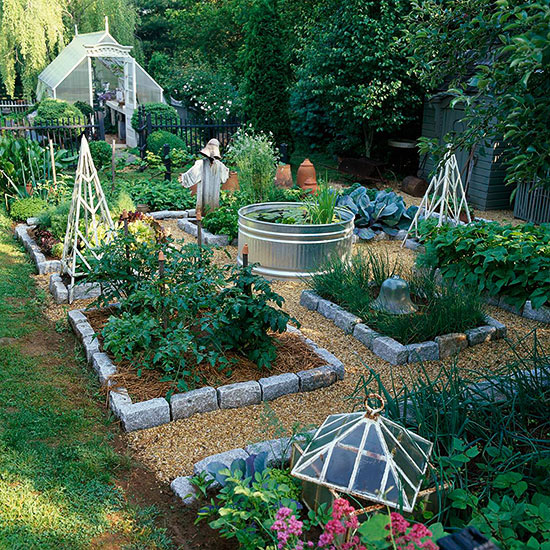
Repurposing cobblestones to build raised garden beds adds a rustic charm while providing a durable, structured planting area. Paired with gravel pathways, this design ensures excellent drainage and easy access to crops.
A central galvanized water trough can serve as a convenient water source, reducing the need for frequent trips to the tap and making irrigation effortless.
12. Thoughtfully Designed Garden Layouts for Larger Small-Space Gardens
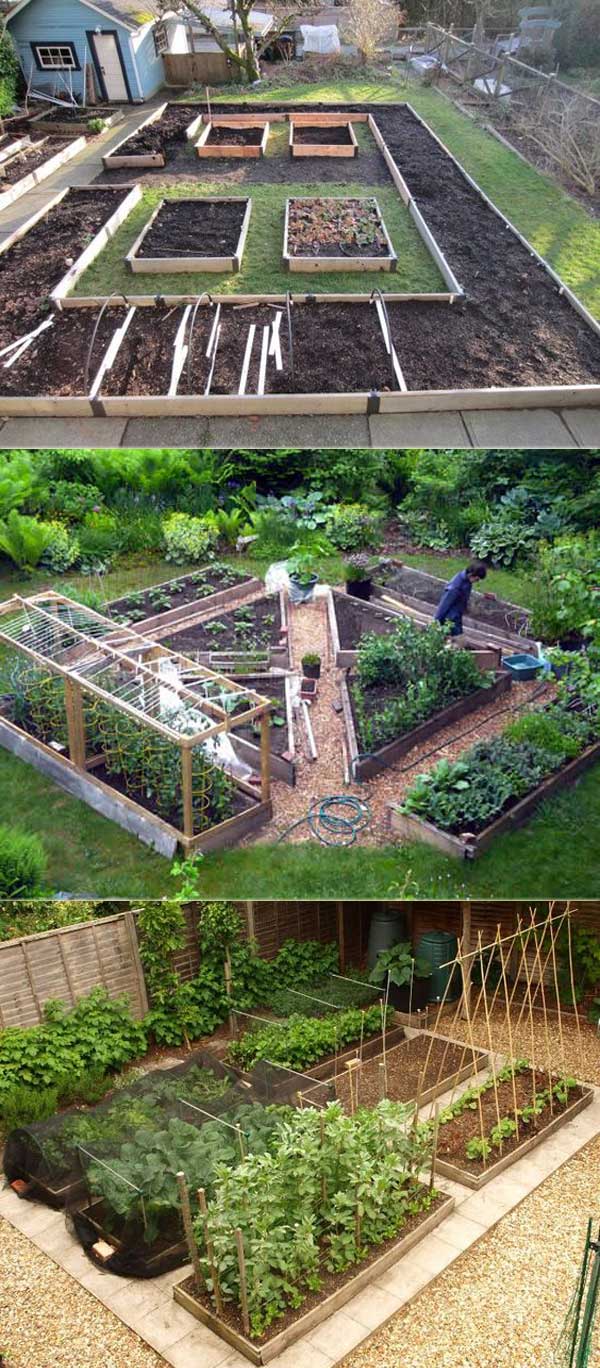
For those with slightly more space, a well-planned garden layout can significantly increase efficiency and productivity. Dividing the space into distinct growing zones allows for better organization and crop rotation. Strategic pathways ensure easy access to all plants, making maintenance, watering, and harvesting hassle-free. With the right design, even a modest-sized garden can yield an impressive variety of vegetables.
By implementing these innovative gardening techniques, you can create a productive, sustainable vegetable garden no matter how small your space may be. With careful planning and a touch of creativity, your tiny garden can become a thriving source of fresh, homegrown produce year-round.



